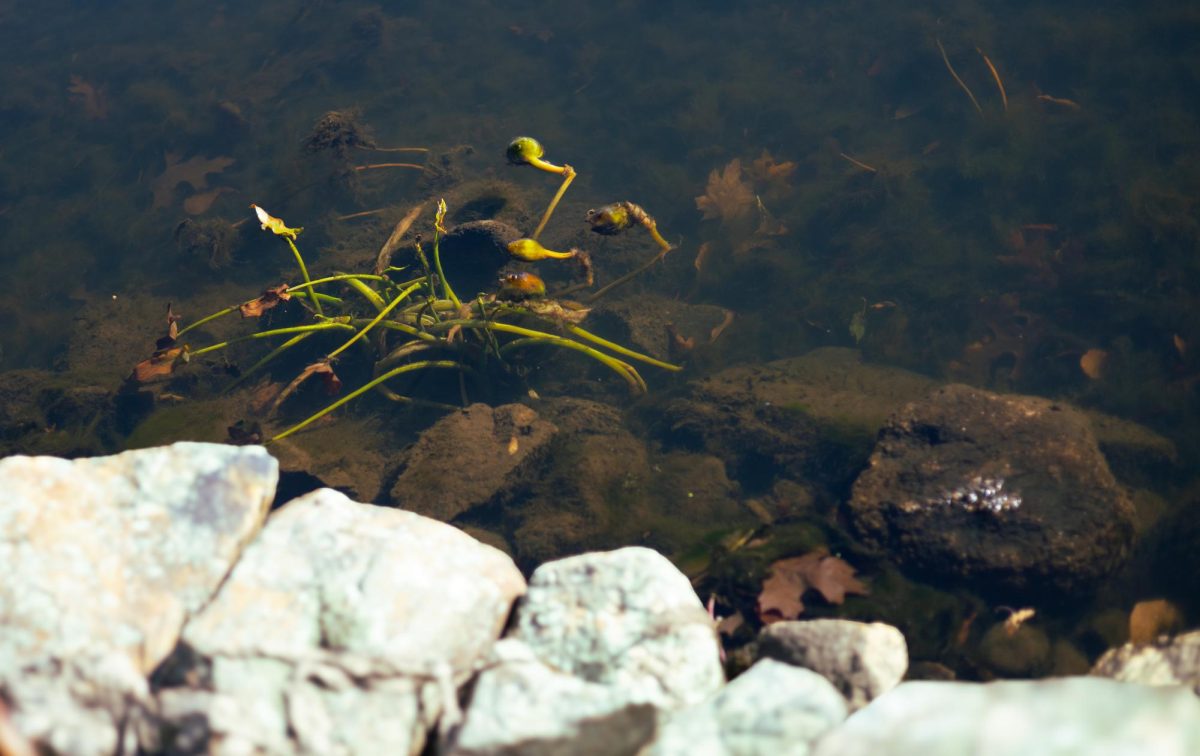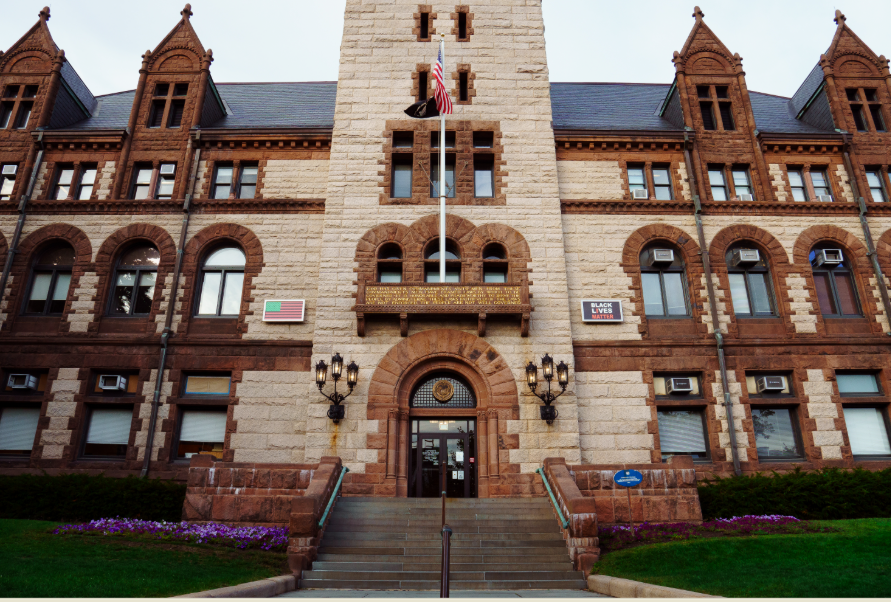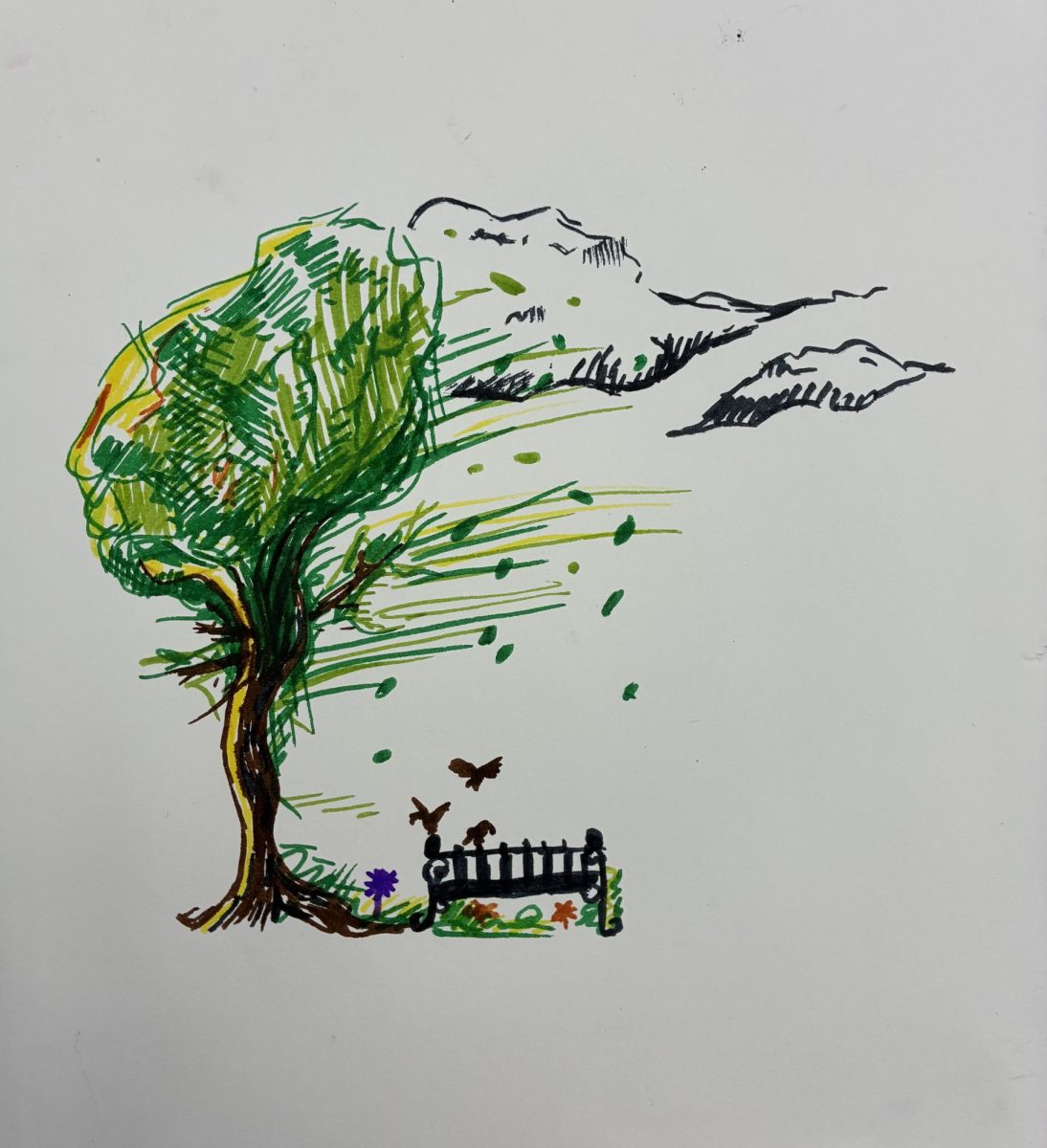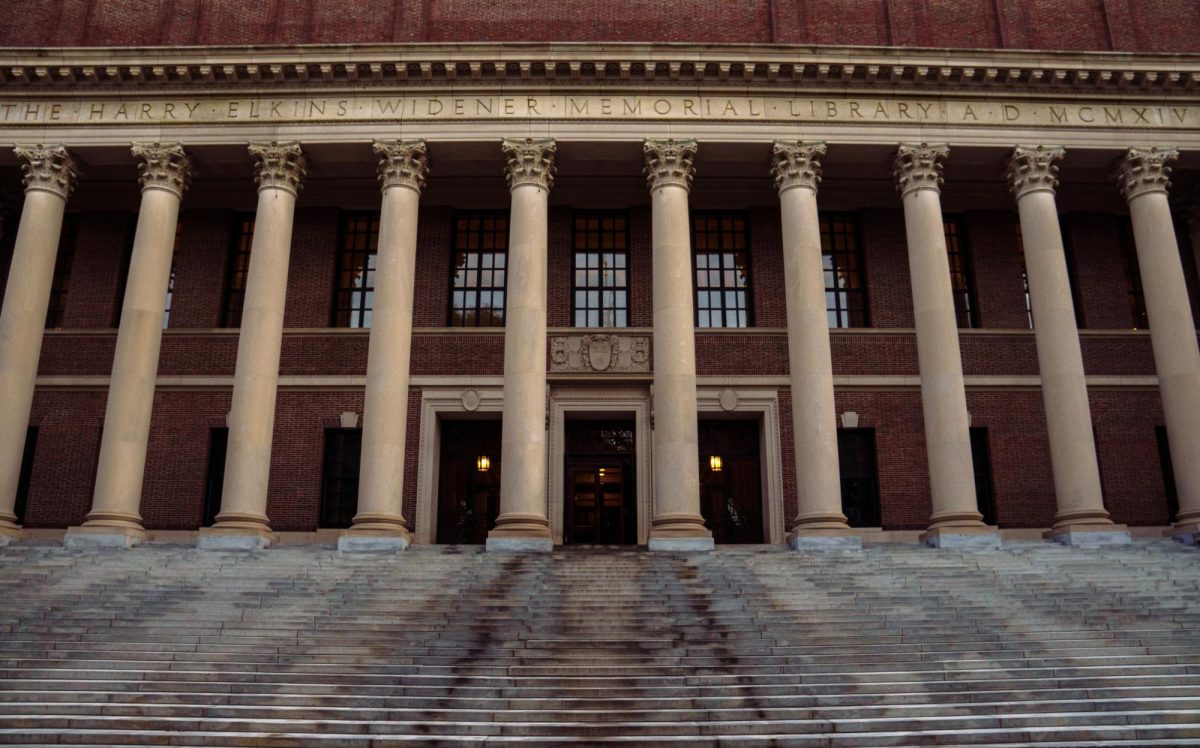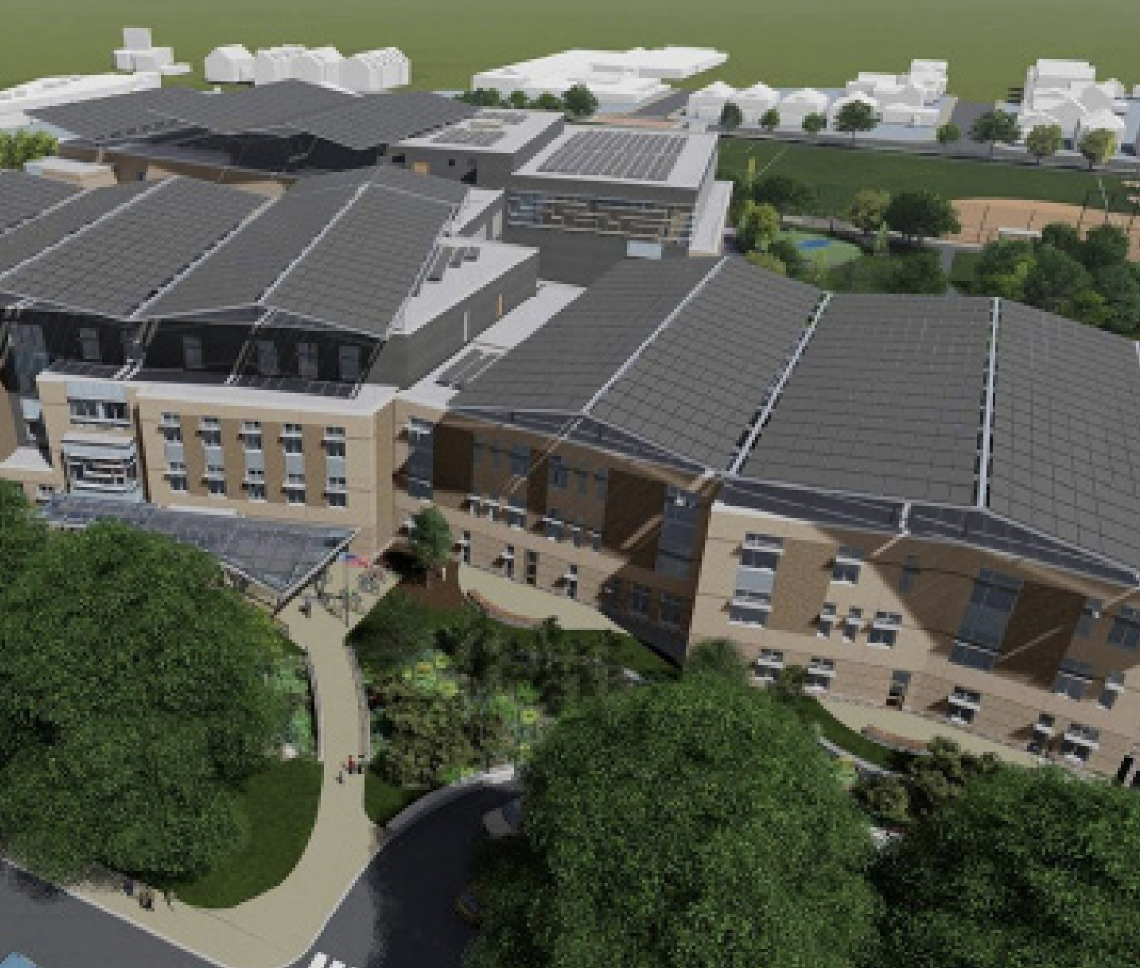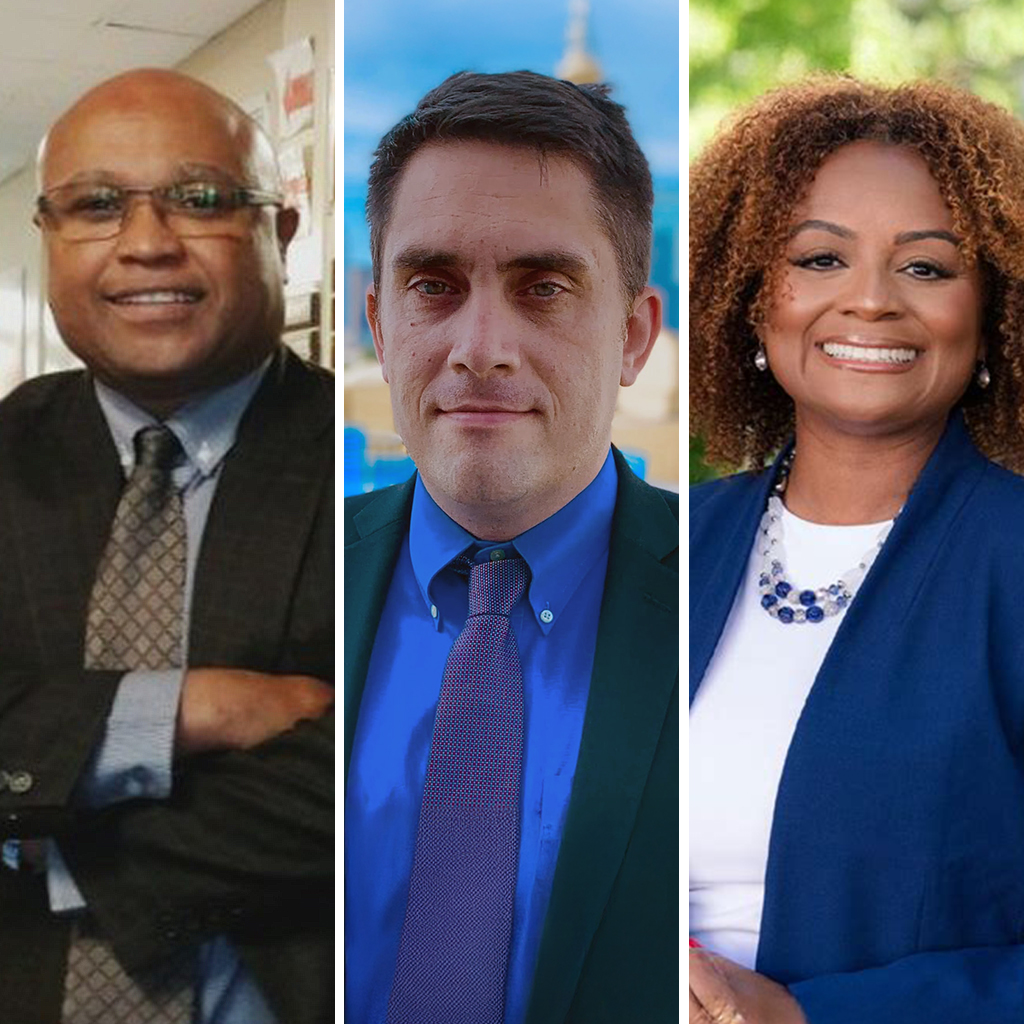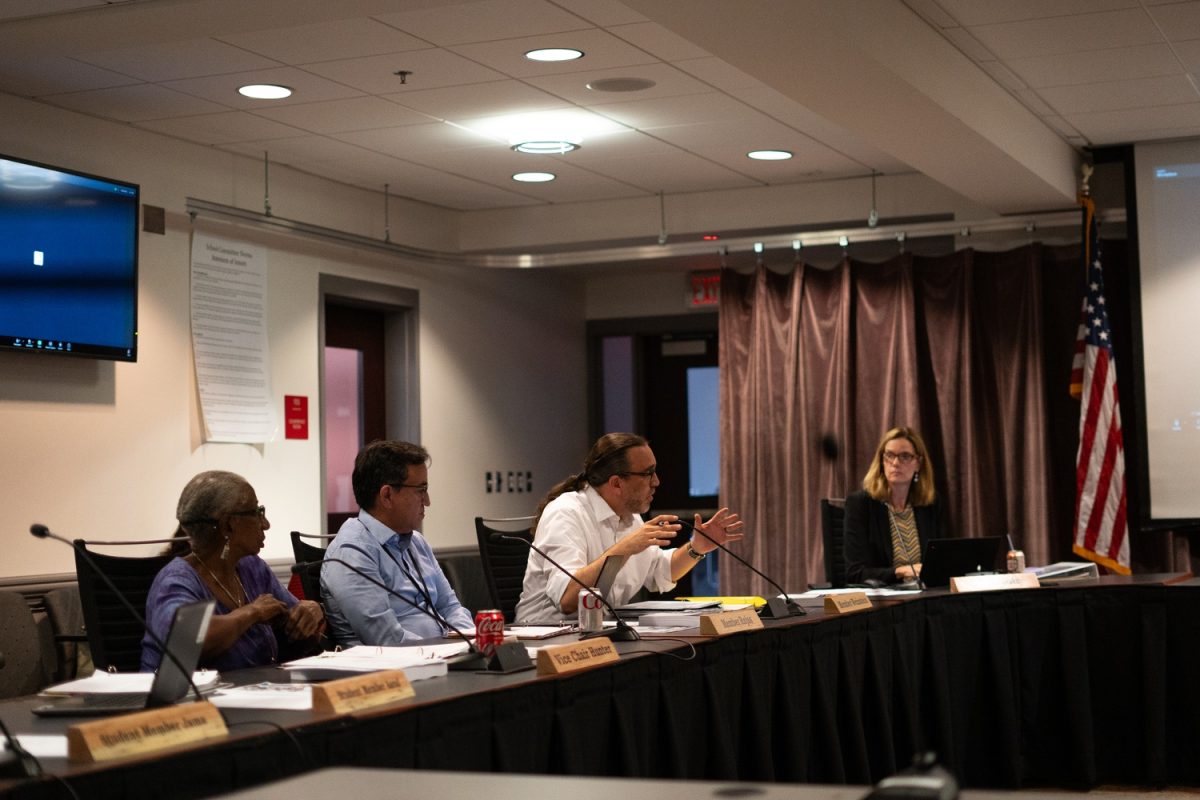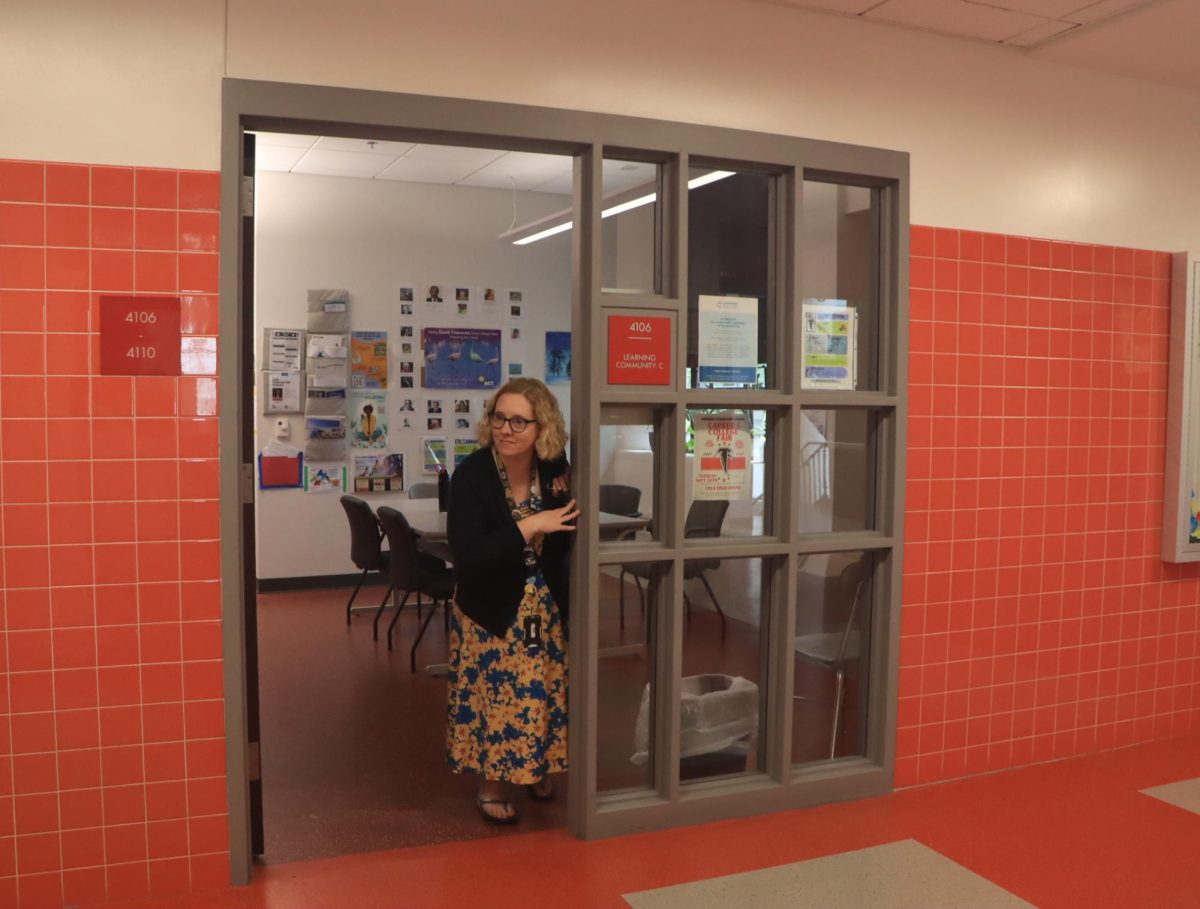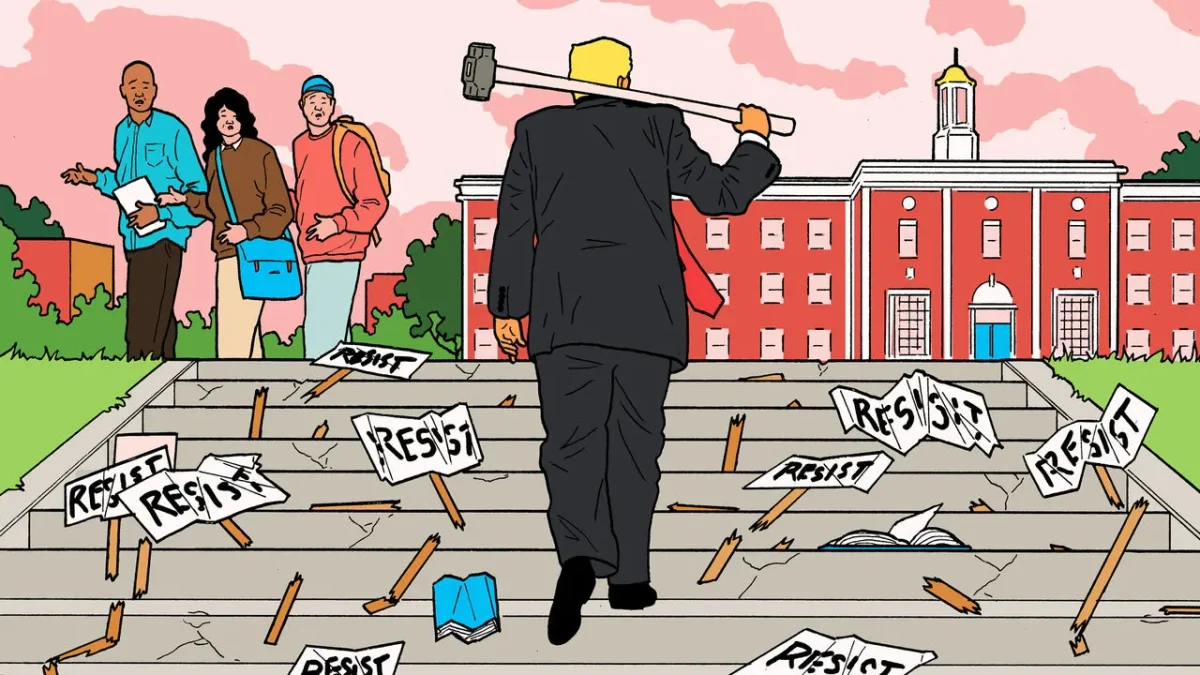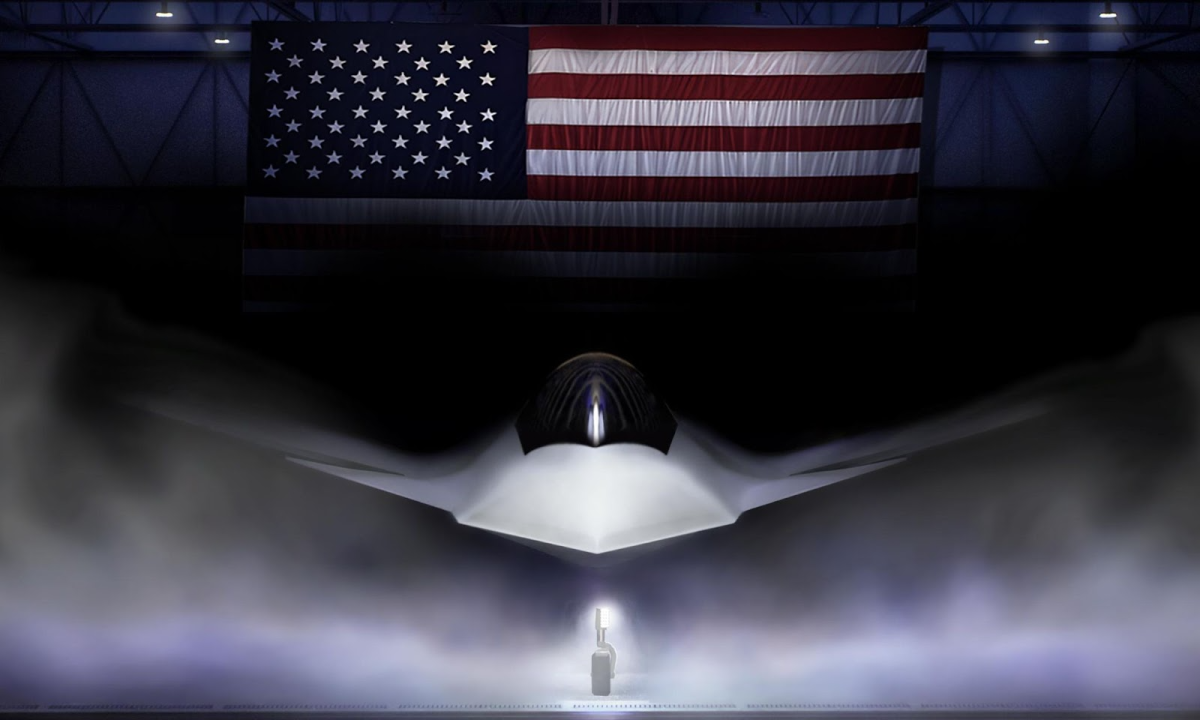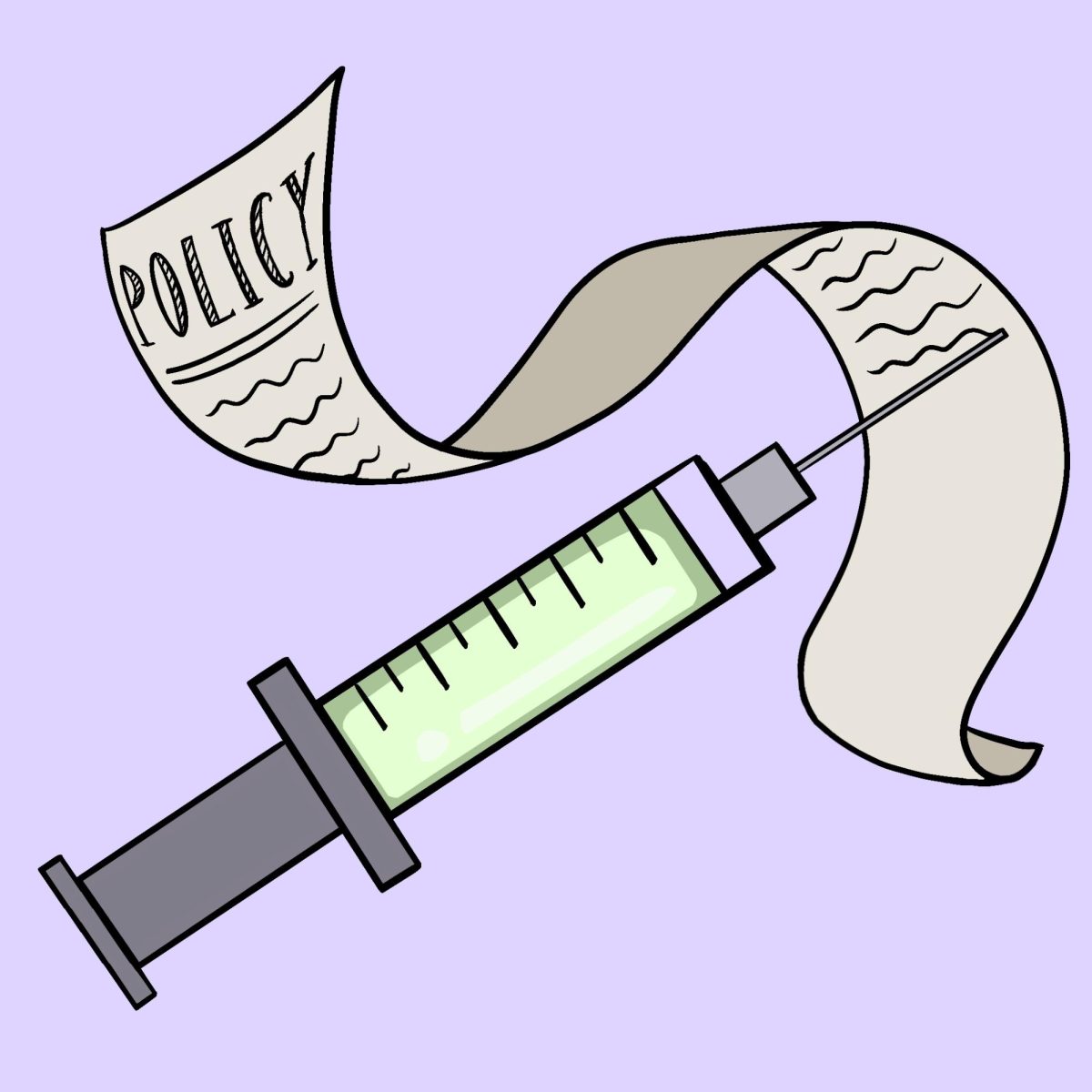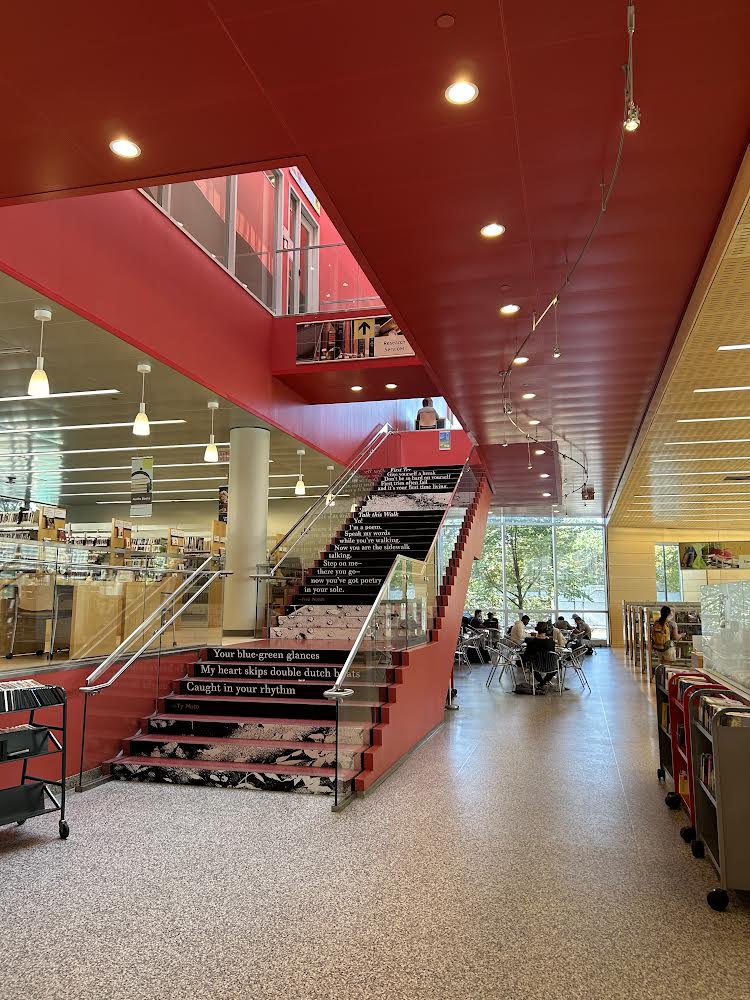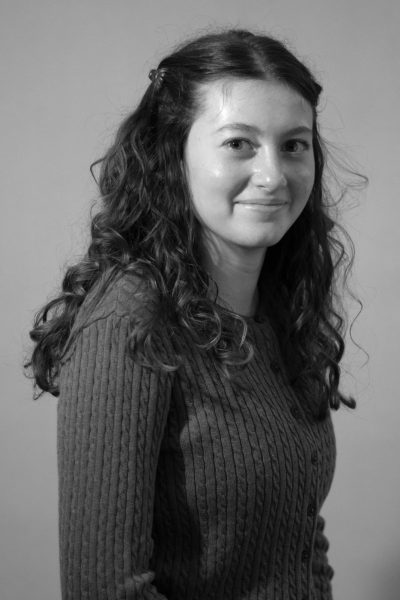Cyanobacteria—a kind of toxic algae bloom—is the result of excess nutrients derived from pollution and hot temperatures. Merely touching this algae causes rashes and irritation, and the consequences of ingesting it can range from gastrointestinal to respiratory issues. While swallowing cyanobacteria-contaminated water from the Charles River is not a common occurrence, cyanobacteria can nevertheless be perilous. Pets and children are often the victims of cyanobacterial poisoning, due to their small size. Those with lower body weight who are in the concrete stages of behavioral development are more affected by toxic secondary metabolites like this algae.
On September 27th, the Boston Guardian published a quote from the Charles River Watershed Association that stated, “The decreased precipitation has led to lower water levels, which, coupled with the heat and increased phosphorus from stormwater runoff, creates ideal conditions for these toxic blooms.”
A few years prior in 2022, the Charles River Watershed Association and the Conservation Law Foundation (CLF) sued the Environmental Protection Agency (EPA) for failing to procure permits that would reduce stormwater pollution in the Charles, Mystic, and Neponset Rivers. These permits by the National Pollutant Discharge Elimination System (NPDES) would regulate the Total Maximum Daily Loads of stormwater pollutants discharged by nearby commercial, industrial, and institutional properties. The case has remained on hold for two years and is scheduled to be addressed in November. In September, a press release by the CLF quoted CLF Staff Attorney Ameya Gehi: “Continued inaction by the Environmental Protection Agency has threatened the health of one of the most cherished symbols of Boston.”
So, is this toxic algae due only to climate change, litter, and pesticides? Although these are certainly partially responsible, the severity of the matter in question is more extreme than many metropolitan residents are aware of.
Since 1999, the Massachusetts Department of Environmental Protection and the U.S. EPA have issued water quality variances for the Alewife Brook (which connects to the Charles), allowing the state to continue to dump untreated sewage into the water. The last variance expired in August, yet no changes have been made.
On October 6th, the grassroots organization Save the Alewife Brook marched in the annual HONK! Parade, recruiting members of the community to carry hand-crafted dead fish and poop puppets from Davis to Harvard Square. A large and diverse audience was just what the campaign needed.
In August, the MassDEP and the EPA proposed another variance for Alewife, the Mystic River basin, and the Charles to last until 2029, which has received pushback from several different green organizations in the area. The Charles River Watershed Association has criticized the variance, writing that, “The Tentative Variance is inadequate as it allows for continued pollution without requiring substantive corrective actions during the variance period.”
The Boston Public Health Commission recently issued a public health advisory downstream of the Longfellow Bridge, and recreational activities on the Charles have not yet been substantially impacted by the algae. Luckily, the CRLS boathouse is not close by, and the crew team has not had to face many hurdles thus far. However, Zoe B, ’27, confirmed that crew practice can be affected by the pollution. “We can’t go out on the water when there are [sewage] leaks,” she told the Register Forum. Boston, Cambridge, Arlington, and neighboring communities are on the edge of their seats as the fight against the unjust treatment of local waterways heightens.

